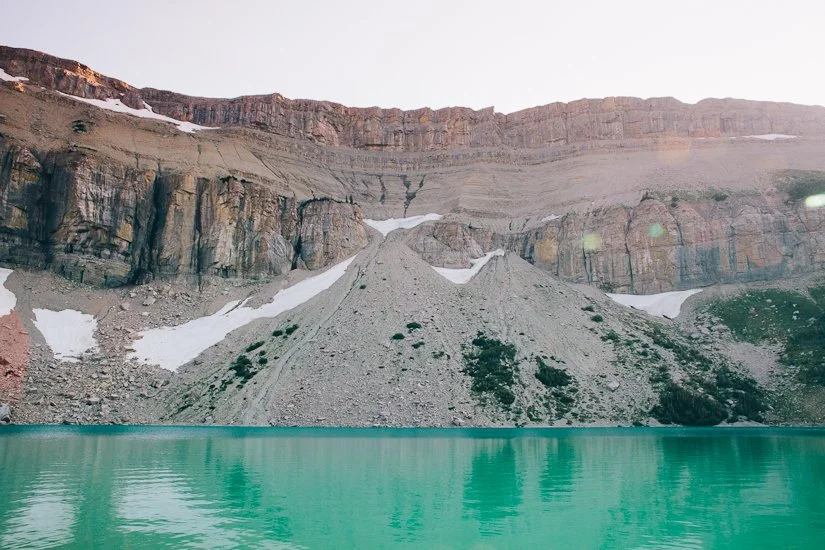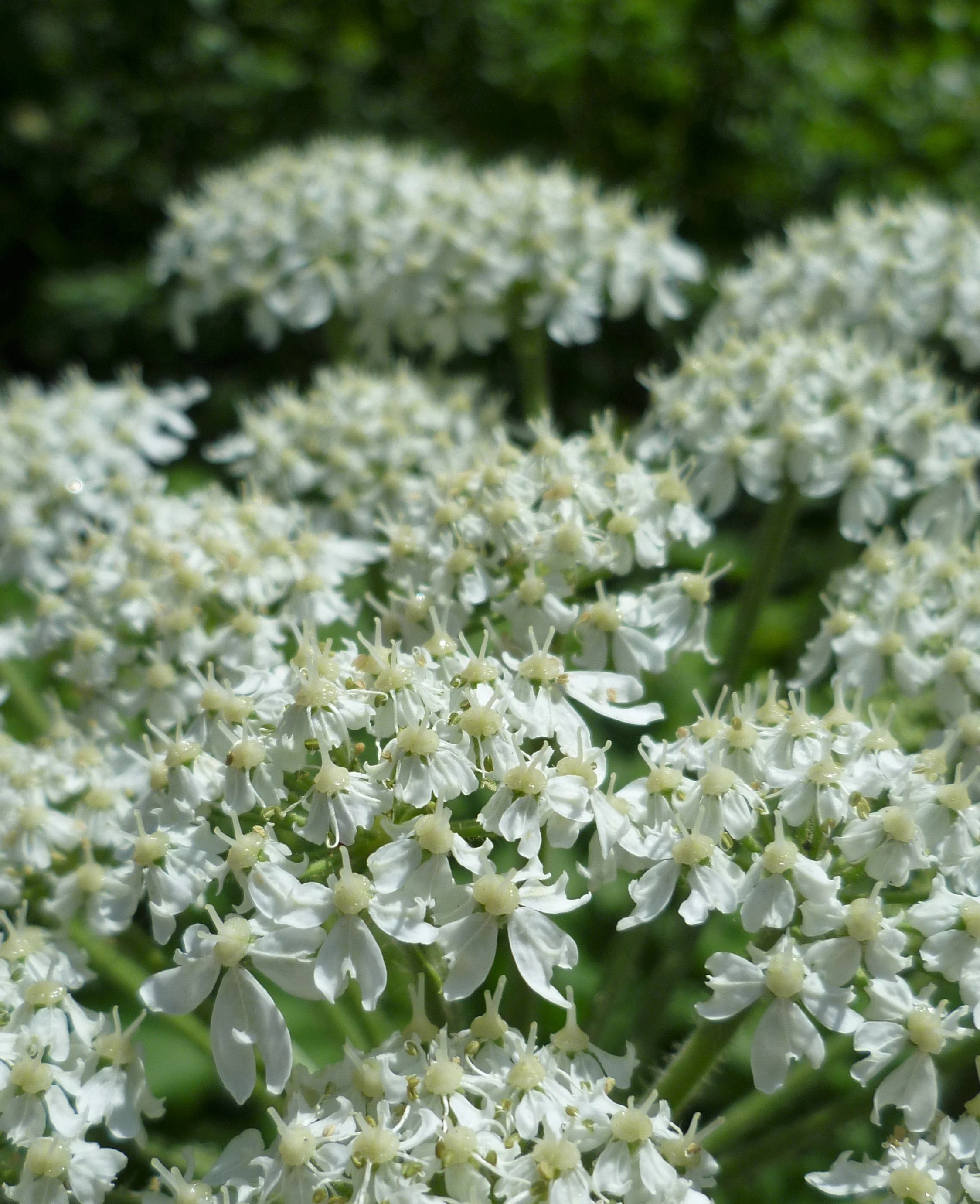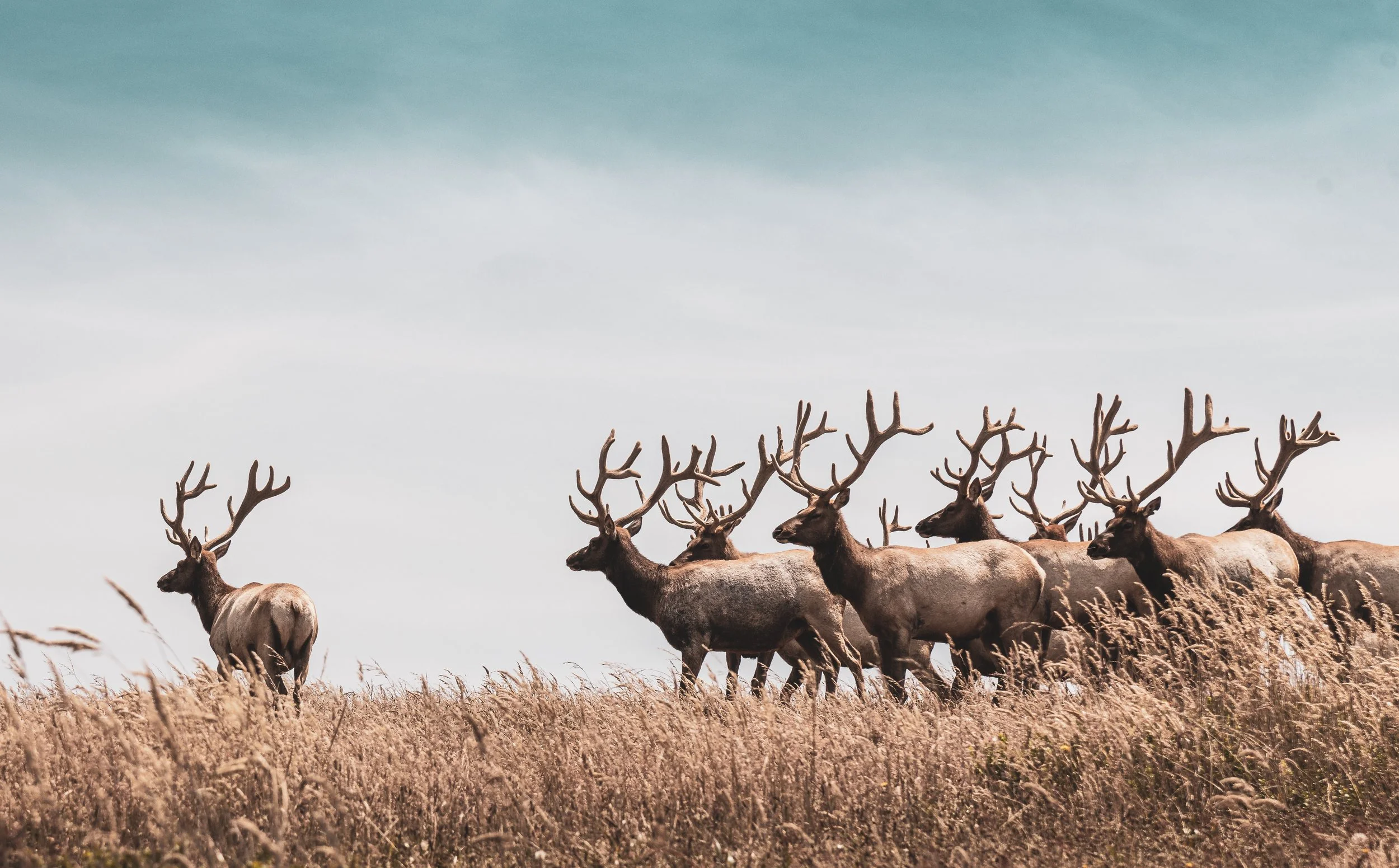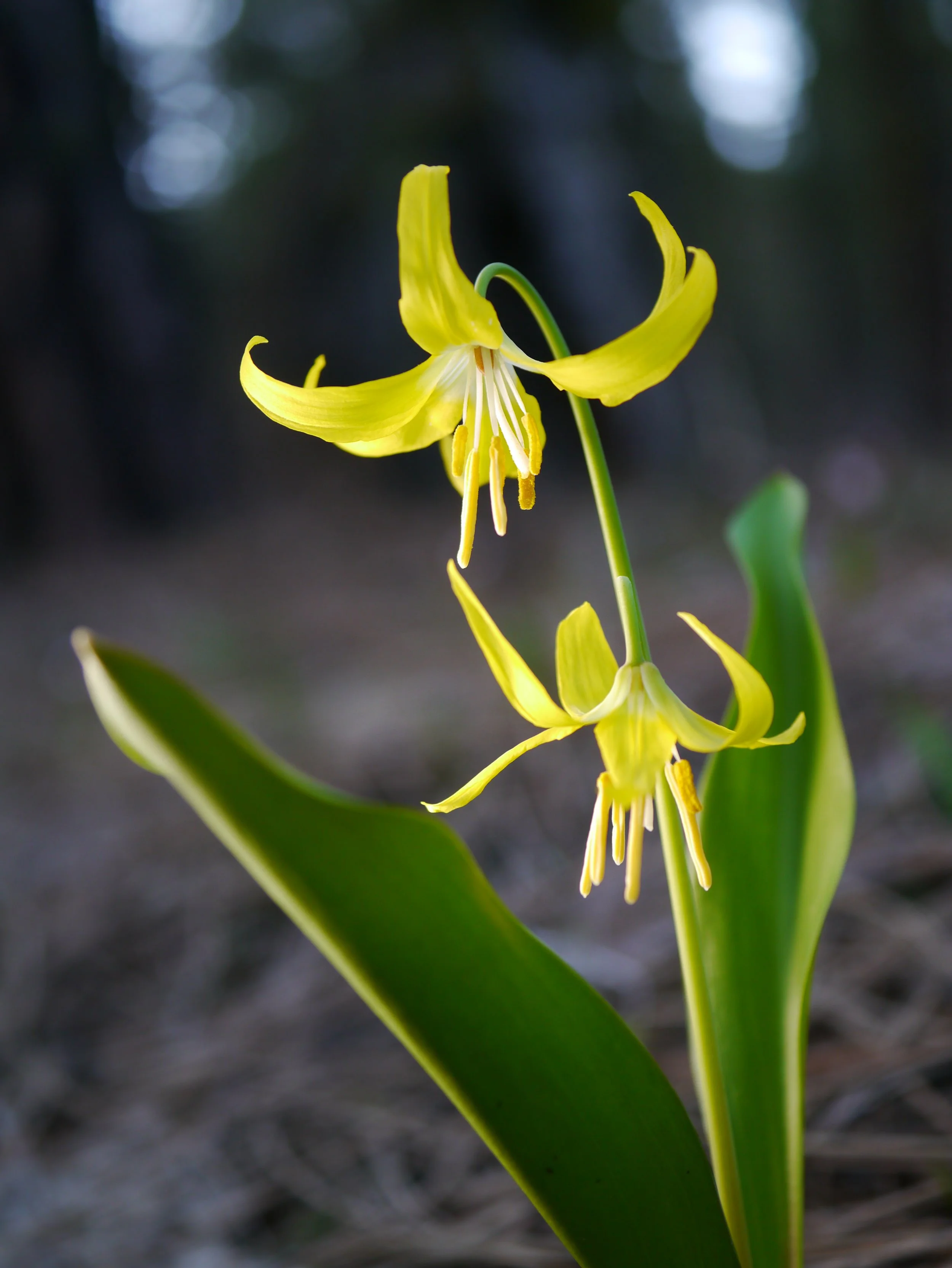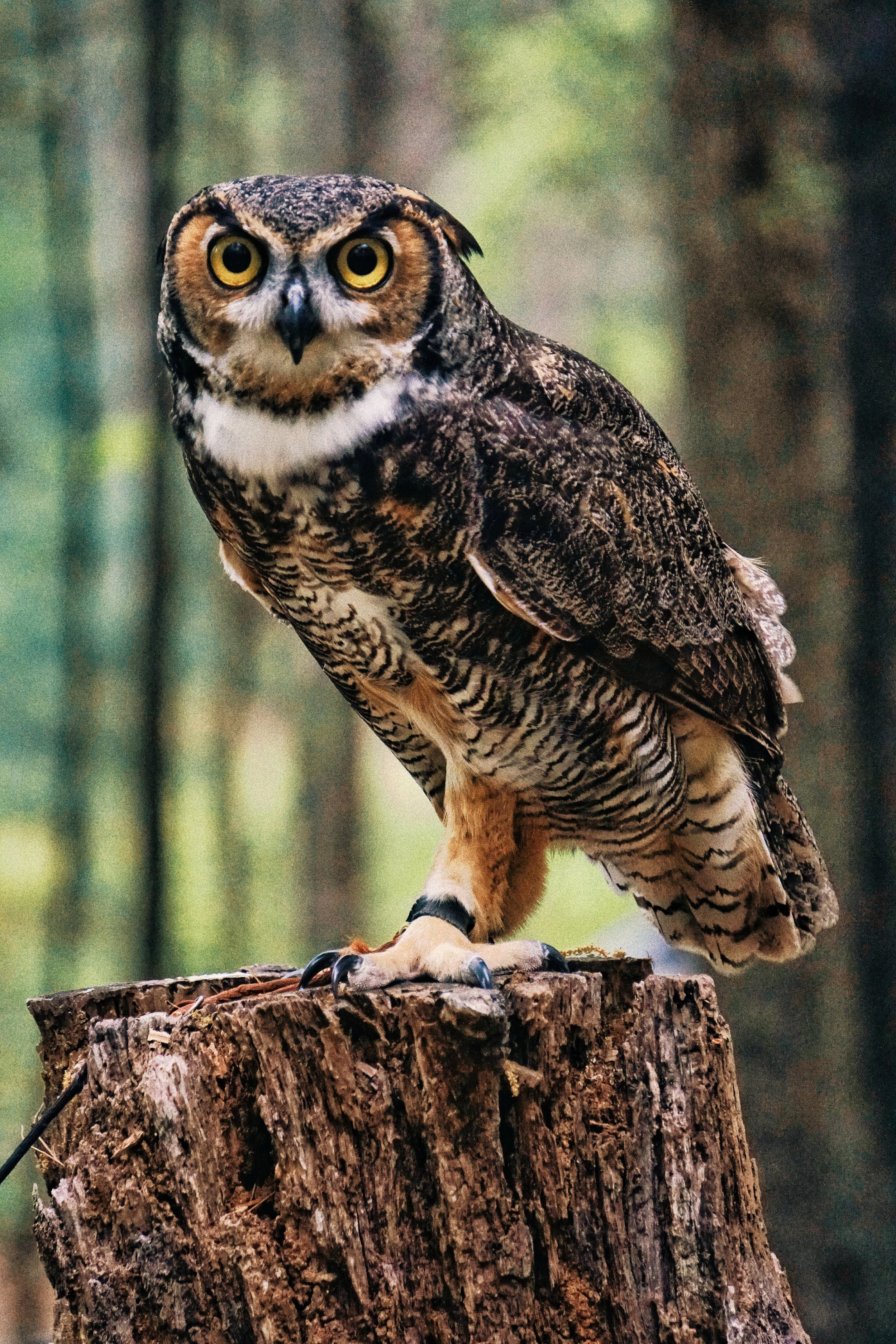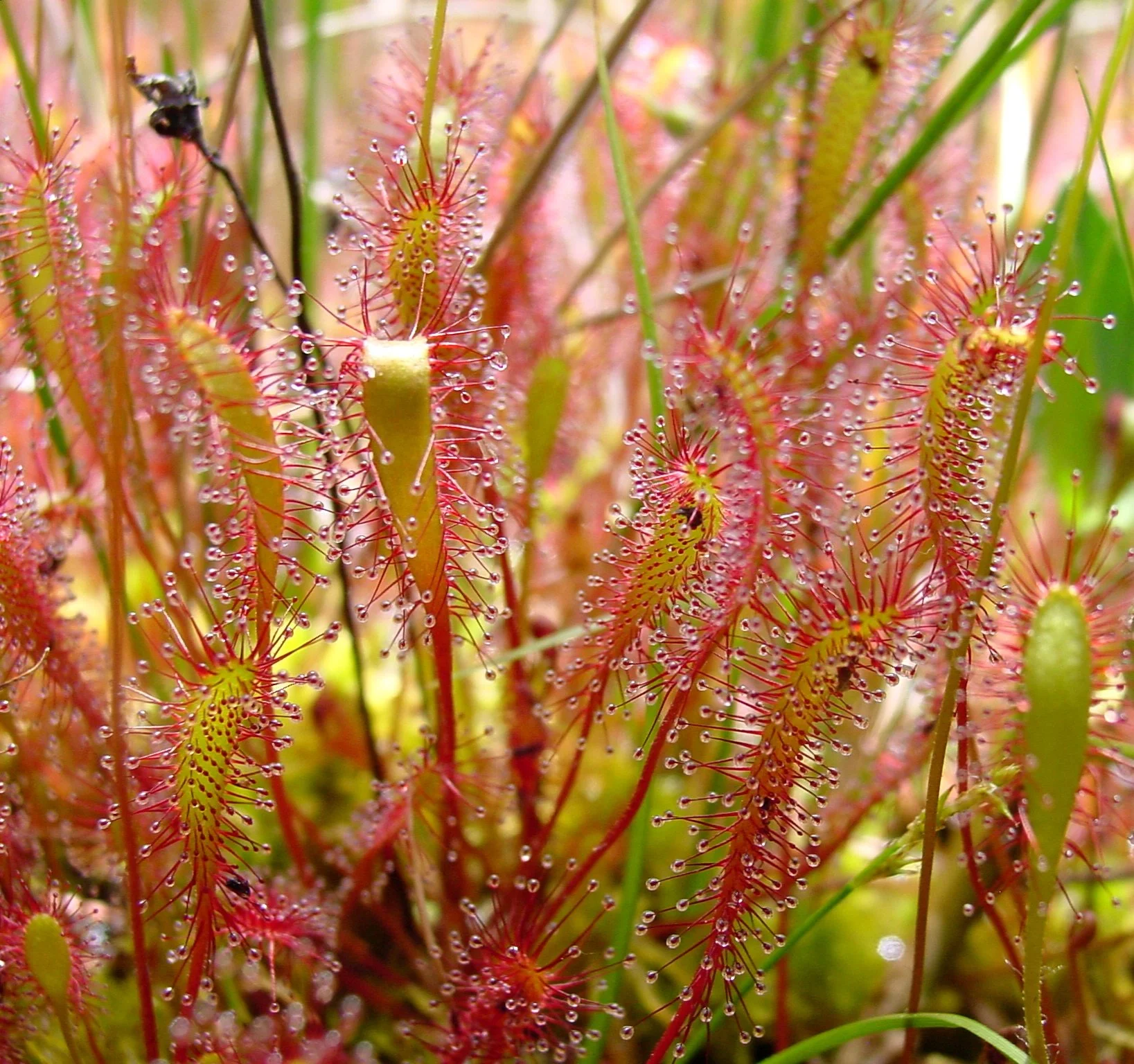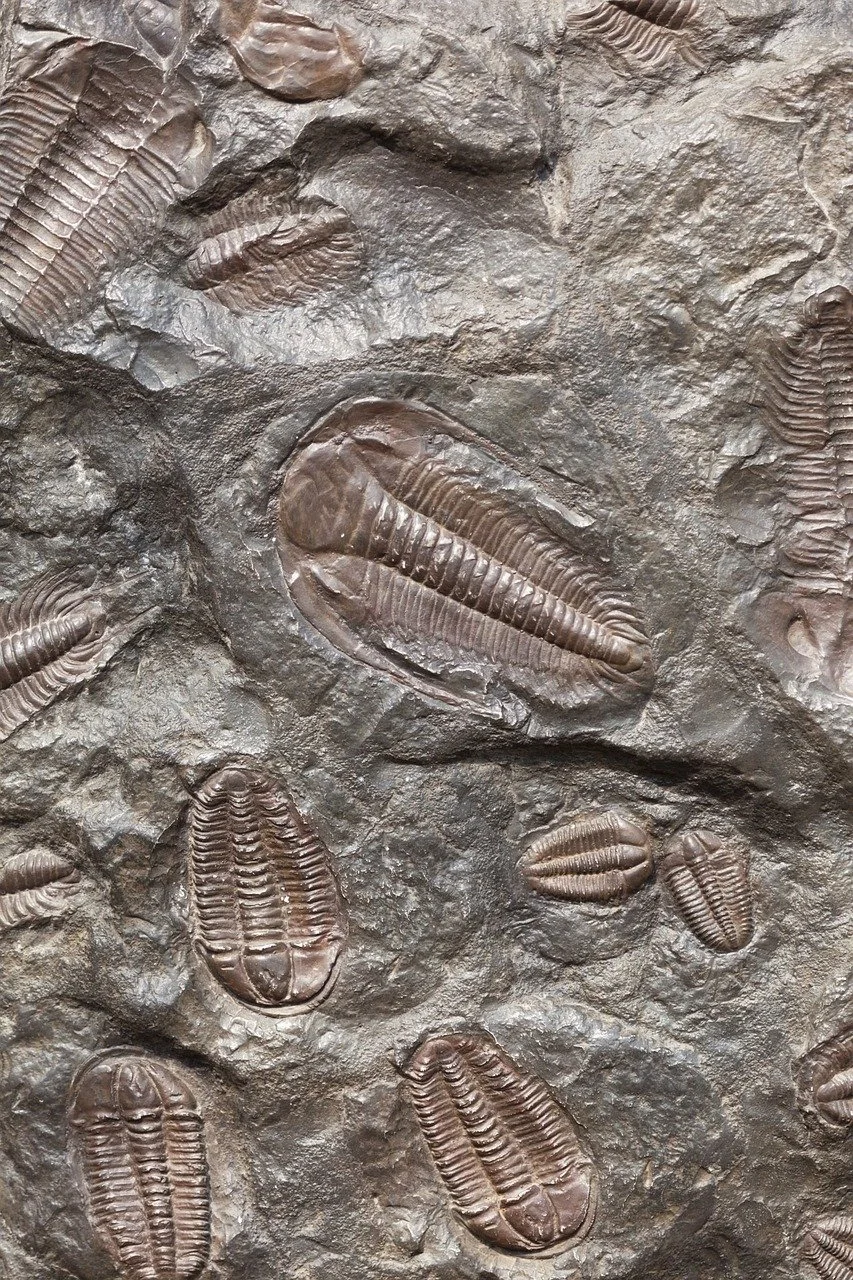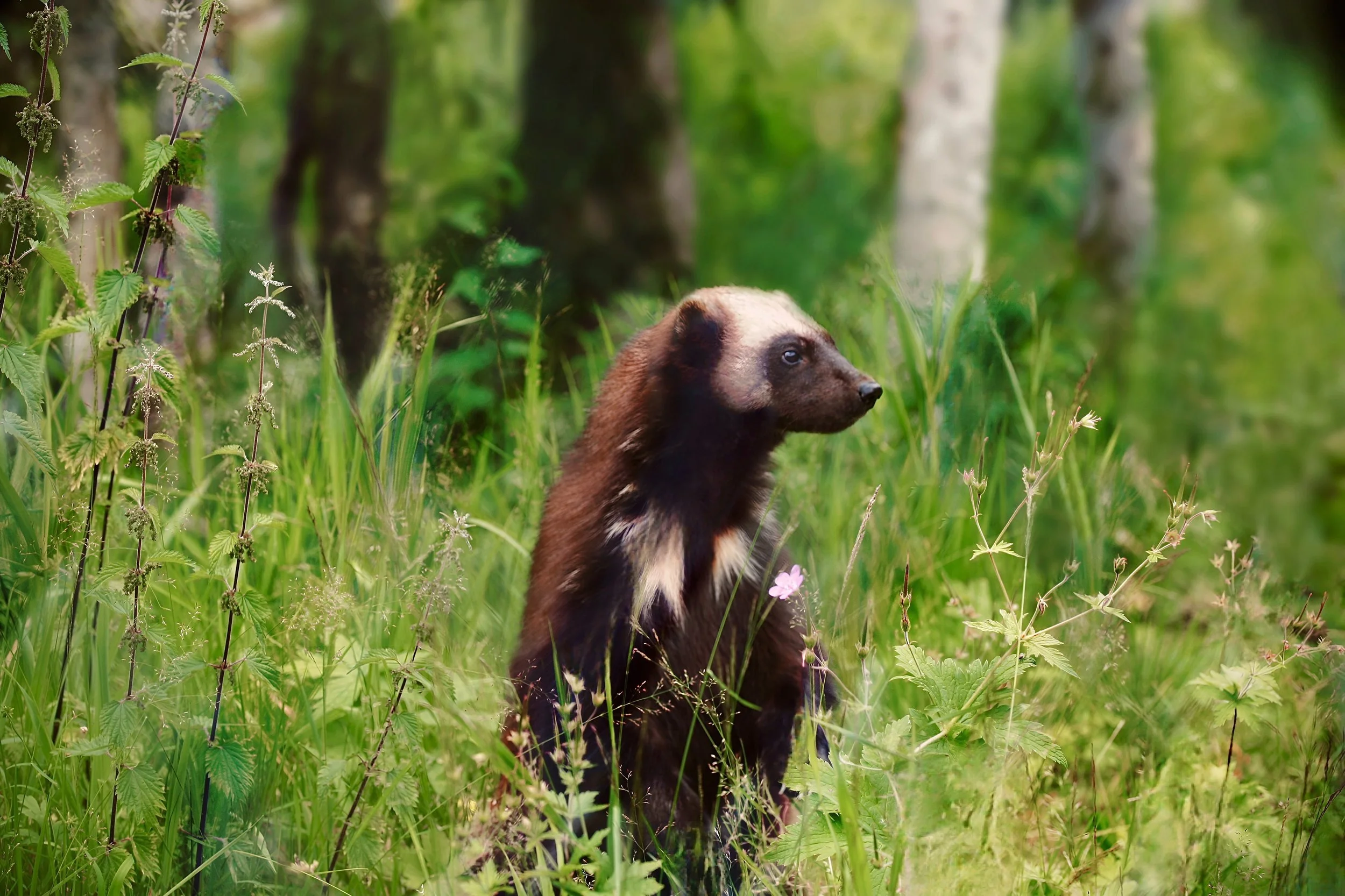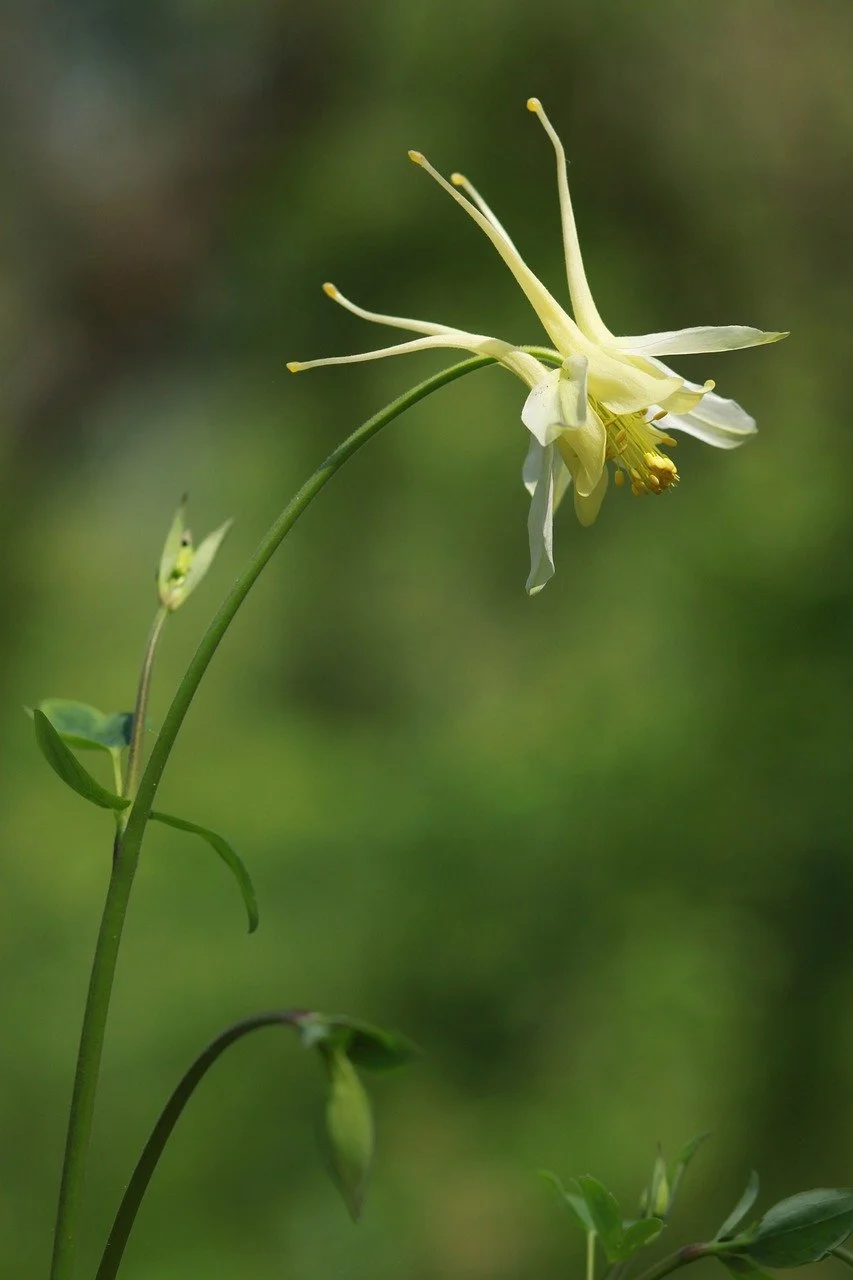Landmark Series—Behind the Bandana, The Naturalist’s Guide to Bob Marshall Wilderness
Guest User
Venturing into the Bob Marshall Wilderness in Montana is an unforgettable experience. The soaring mountain peaks, sprawling meadows, and pristine lakes make it a dream destination for nature enthusiasts, hikers, and explorers alike. But out there in the wilderness lies something more profound—an ecosystem that is home to a diverse array of flora and fauna. This ecosystem is the inspiration for the Bob Marshall Wilderness Bandana.
Chinese Wall, Bob Marshall Wilderness
Let the Bob Marshall Landmark Bandana be your guidebook to native flora and fauna on your next visit. Here is a closer look at the featured species:
Arnica Montana
Cow Parsnip
Darkling Beetle
Elk
Ghost Pipe
Glacier Lily
Great Horned Owl
Great Sundew
Luna Moth
Montana Mormon Cicada
Mountain Deathcamas
Pileated Woodpecker
Trilobite Fossil
Westslope Cutthrout Trout
Wolverine
Yellow Columbine
Field Guide:
Pentagon Mountain, Bob Marshall Wilderness
Land Acknowledgement:
Bob Marshall Wilderness is located in the ancestral homelands of the Amskapi Piikani (the Blackfeet Nation of Montana), the Niitsítapi (the Blackfoot Confederacy), the Séliš (Salish), Ql̓ispé (Pend d’Oreille or Kalispel), and Ktunaxa (Kootenai). The state of Montana recognizes the First Nations peoples, these tribes are the original and longest-serving stewards of the lands.
#1. Arnica (Arnica Montana)
Arnica plants have bright yellow-orange flowers with a daisy-like appearance. The leaves are hairy and can be somewhat sticky. Arnica belongs to the Asteraceae family, which also includes sunflowers and daisies. Traditionally, this plant has been used in herbal medicine to treat bruises, sprains, muscle aches, and wounds. It is believed to have anti-inflammatory and analgesic properties. Arnica preparations are used externally in the form of creams, ointments, and oils. Never to be ingested internally or used on broken skin as its consumption is toxic.
#2. Cow Parsnip (Heracleum maximum)
Towering above with broad, toothed leaves and clusters of delicate white flowers, this stunning beauty beckons the adventurer in us all but beware of its sap's potential to cause skin irritation in some individuals.
#3. Darkling Beetle (Tenebrionidae)
Darkling beetles are known to survive in arid and desert environments. Through extraordinary adaptations, these beetles collect and condense water from the air, using specialized features on their body to capture moisture from fog and dew, providing vital hydration in water-scarce habitats. Their resilience and ingenuity exemplify how nature triumphs over challenges, thriving in some of the world's harshest regions.
#4. Elk (Cervus canadensis)
Did you know that elk antlers are not just an awe-inspiring example of Mother Nature's engineering, but also have a vital role in the life cycle of these majestic creatures? During the growing season, these antlers can grow at a staggering rate of one inch per day, and serve as a crucial tool for attracting mates. But their magnificence doesn't end there. Once an Elk sheds their antlers in late winter/early spring, the nutrient-rich antlers become a feast for the forest dwellers, providing a source of calcium and minerals.
#5. Ghost Pipe (Monotropa uniflora)
Ghost Pipe is known for its mystical beauty, with its white, ghostly flower petals, often growing hidden away in the darkest corners of the forest. Despite their ghostly appearance, they survive without chlorophyll. Instead, they form a symbiotic relationship with mycorrhizal fungi, tapping into the roots of trees to acquire vital nutrients and energy. Nature truly has remarkable ways of thriving!
#6. Glacier Lily (Erythronium grandiflorum)
(Source: Wikimedia Commons ThayneT)
These exquisite blooms make their appearance after the snow melts, painting the landscape with their vibrant yellow petals and delicate stamens from April to June. These lilies hold great significance for native communities who value their bulbs for sustenance, healing, and trading. However, due to the fragility of these plants, we are asked to refrain from harvesting them to protect their thriving populations, and animals such as the Grizzly Bears who rely heavily on them during the sparse spring months.
#7. Great Horned Owl (Bubo virginianus)
The Great Horned Owl, with its expressive yellow-amber eyes and powerful presence, can be considered the owl with the strongest "Resting Bird Face" (RBF). As the quintessential owl of storybooks, these majestic birds have the ability to swivel their heads more than 180 degrees and possess talons that require a force of 28 pounds to open. Listen to their hoots here.
#8. Great Sundew (Drosera anglica)
(Source: Wikimedia Commons, NoahElhardt)
The Great Sundew, an artist of carnivorous cuisine, has mastered the art of ambushing its prey with its sticky tentacles and tempting sugary allure. Thriving in nutrient-deficient environments, this perennial herb blooms during the summer, showcasing delicate white flowers adorned with five sepals, petals, and stamens. In a display of fierce independence, this plant is a self-pollinator, defying reliance on insects for its propagation.
#9. Luna Moth (Actias Luna)
The enchanting Luna Moth is one of the largest moths in North America boasting a wingspan of 4.5 to 5 inches. Its ethereal presence is marked by pale green wings and graceful, curving tails. The insect doesn’t have a mouth or a digestive system. Its all-too-brief week-long existence after emerging from the cocoon is dedicated solely to the pursuit of mating and laying eggs. Can you believe this stunning creature is real?
#10. Montana Mormon Cicada: (Insecta: Hemiptera: Cicadidae)
Cicadas are one of the world's loudest insects. The African cicada's buzzing has been recorded at an impressive 107 decibels, just shy of the chainsaw's roar at 110 decibels. Male cicadas have a ribbed membrane, the tymbal, that they vibrate with their muscles to create their iconic clicking sound. Listen to the cicada here.
#11. Mountain Deathcamas (Anticlea elegans)
(Source: Wikimedia Commons, Ser Amantio di Nicolao)
Delicate yet deadly, the Mountain Deathcamas—scientifically known as Zigadenus elegans—may catch your eye with its long, narrow leaves and beautiful, star-shaped flowers. Found in mountain meadows, open woods, and sagebrush slopes, these alluring blooms are best admired from afar due to their highly toxic nature.
#12. Pileated Woodpecker (Dryocopus pileatus)
Pileated Woodpeckers are one of North America's largest species. With a wingspan stretching from 26 to 30 inches and bold black and white plumage, these woodpeckers are easily recognizable. Males wear a fiery red stripe, while females sport a fierce black stripe. They excavate rectangular nesting holes in trees and the echo of their calls resembles maniacal laughter, that’s not creepy at all…Listen to the bird call.
#13. Trilobite Fossil
These ancient marine arthropods emerged over 500 million years ago during the Cambrian period and thrived for nearly 300 million years in the Palaeozoic Era. Trilobites had a hard exoskeleton divided into three lobes, giving them their name.
#14. Westslope Cutthroat Trout (Oncorhynchus clarkii lewisi)
The official state fish of Montana, the Westslope Cutthroat Trout ranges from 6-16 inches in size. They're often mistaken for the Rainbow Trout with the sub-species signature red slash along the jaw and striking dark spots along their top and tail. Westslope Cutthroat Trout sport a gorgeous greenish-gray hue with a bold crimson streak above the belly.
#15. Wolverine, (Gulo gulo)
Meet the wolverine, a creature that bears a striking resemblance to small bears (see what I did there?). With a stocky build and thick fur, they are perfectly suited for colder climates. Sporting a dark, coarse coat that contrasts with their light-colored facial markings, these magnificent scavengers are the largest land-dwelling creatures in the weasel family. Protected under the Endangered Species Act, wolverines generally weigh from 17 to 40 pounds, stand up to 1.5 feet tall, and can travel up to 15 miles a day.
#16. Yellow Columbine (Aquilegia chrysantha)
Yellow Columbine is aptly named for its distinctive yellow, bell-shaped flowers. These flowers have long, backward-curving spurs and typically bloom in late spring to early summer. When in bloom, this flower resembles a bird in flight. Yellow Columbine is commonly found in mountainous regions, meadows, and open woodlands.
Ready to geek out on more nature facts? Head over to our Landmark Series page for more.
